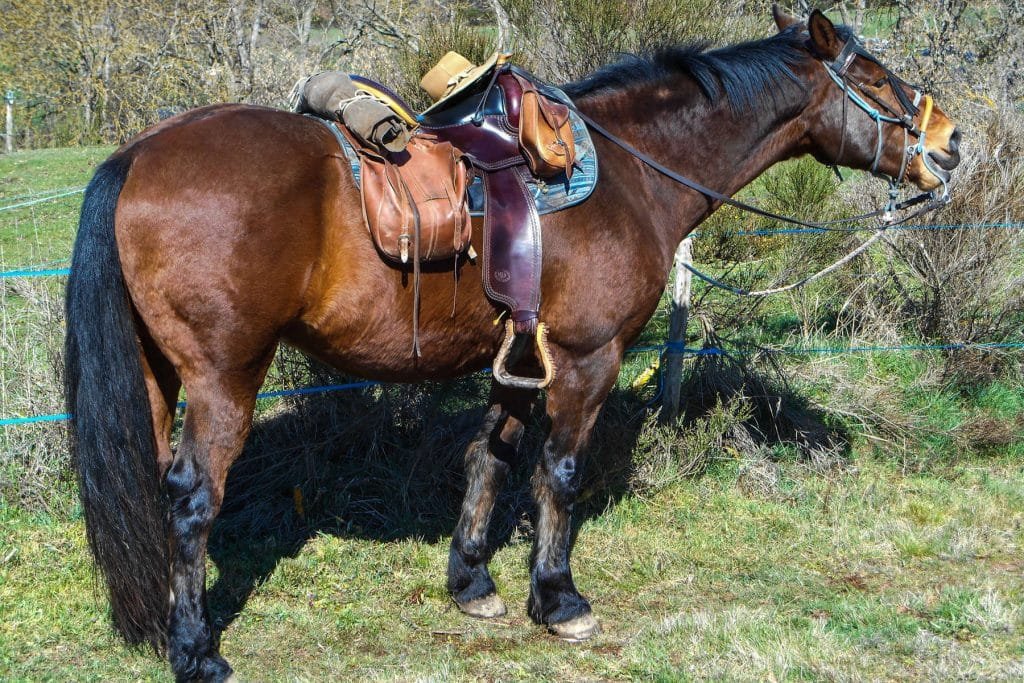Auvergne horse is a lesser-known breed from the picturesque region of Auvergne in central France.
remarkable breed with a rich history and distinctive characteristics. Its sturdy build, gentle temperament, and versatility make it a valuable asset in both traditional and modern settings. As efforts continue to preserve this breed, the Auvergne horse remains a proud symbol of the Auvergne region and its equine traditions
Origin and History
The Auvergne horse has a long history dating back to the medieval times. It was originally used for various agricultural tasks in the Auvergne region. Farmers relied on these horses for plowing fields and transporting goods. Over the centuries, the breed has evolved, but it has always been a reliable and hardworking animal.
Feature details
| Feature | Details |
|---|---|
| Origin | Auvergne region, central France |
| Historical Use | Agricultural tasks such as plowing and transporting goods |
| Height | 15 to 16 hands high (60 to 64 inches at the shoulder) |
| Build | Medium-sized, sturdy, well-muscled |
| Coat Colors | Commonly bay, chestnut, and black |
| Mane and Tail | Thick and wavy |
| Temperament | Calm, gentle, friendly, and patient |
| Uses | Agricultural work, equestrian sports, leisure riding |
| Conservation Status | Relatively small population, conservation efforts ongoing |
| Notable Traits | Versatile, strong, and enduring |
Appearance
The Auvergne horse is known for its distinctive appearance. It is a medium-sized horse, standing around 15 to 16 hands high (a hand is 4 inches, so this translates to about 60 to 64 inches at the shoulder). The breed typically has a strong, sturdy build with a well-muscled body. Its coat color can vary, but common shades include bay, chestnut, and black.
One of the notable features of the Auvergne horse is its mane and tail. They are often thick and wavy, adding to the horse’s elegant look. The breed has a broad, deep chest and strong legs, which contribute to its impressive stamina and strength.
Temperament
The Auvergne horse is known for its calm and gentle nature. These horses are often described as friendly and easygoing, making them great companions for both experienced riders and beginners. They have a patient and willing attitude, which makes them ideal for various equestrian activities.
Uses
Historically, the Auvergne horse was used mainly for farm work, but today it serves in various roles. It is still employed in agricultural settings, particularly in traditional farming practices where its strength and endurance are valuable. Additionally, the breed is used in equestrian sports and leisure riding. Its versatility makes it suitable for many different types of work and recreation.
Conservation
The Auvergne horse is not as well-known as some other breeds, and its numbers are relatively small. Efforts are being made to preserve and promote this unique breed. Breeders and enthusiasts are working hard to ensure that the Auvergne horse remains a part of France’s cultural heritage





